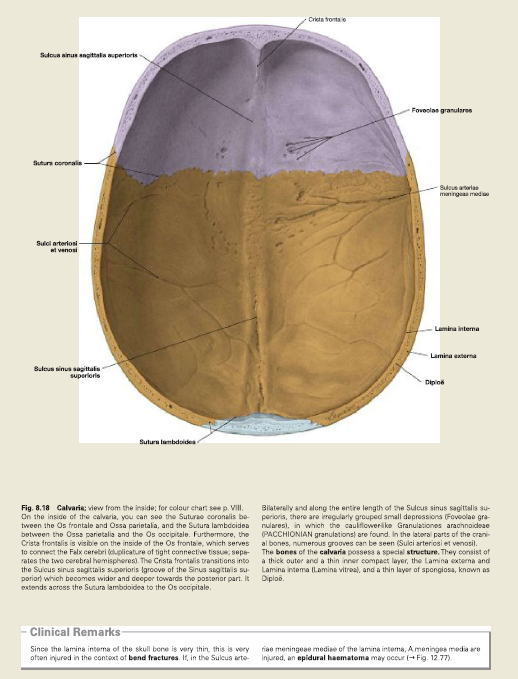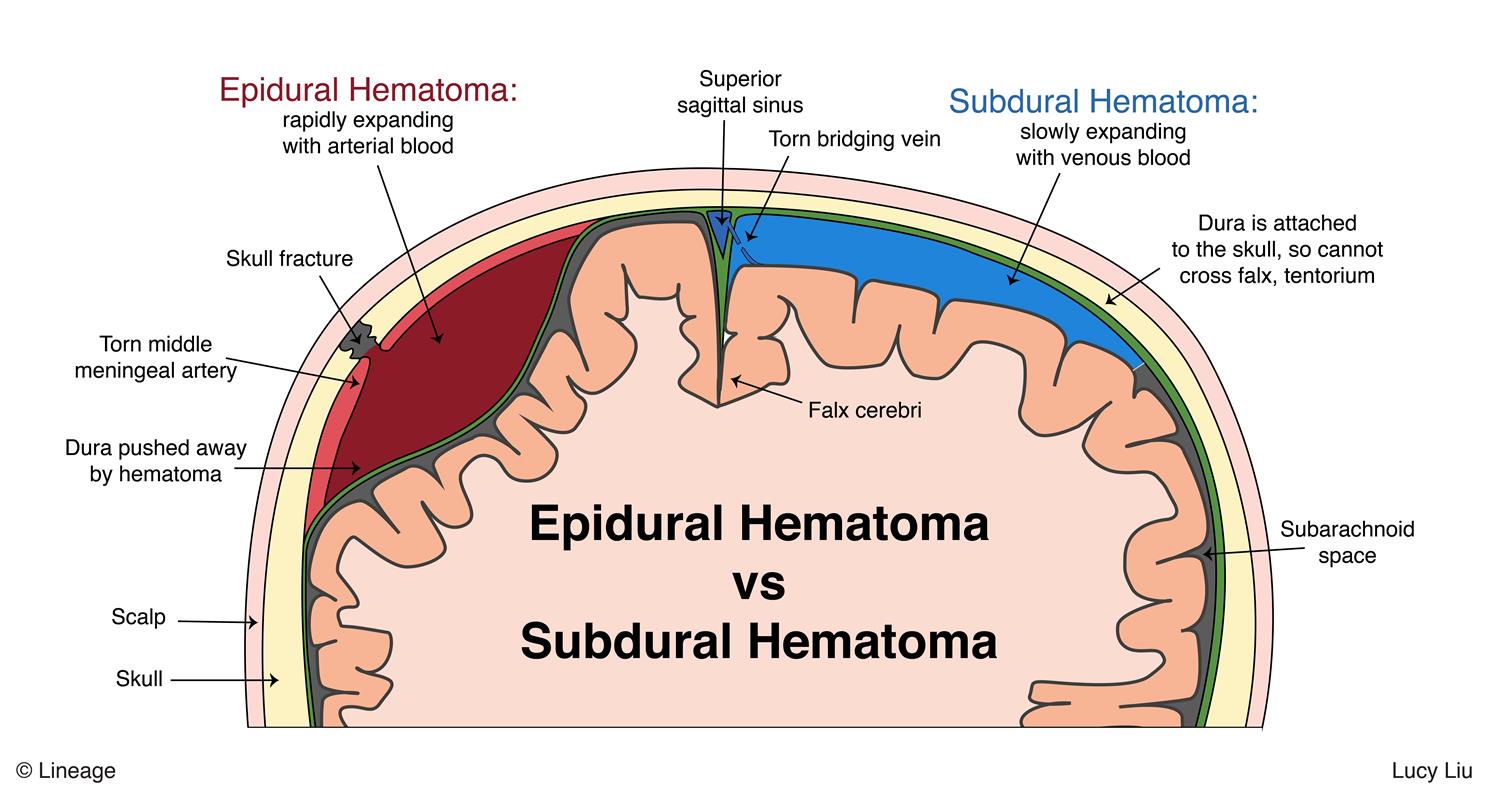54.BRAIN
Brain clinical anatomy
Clinical anatomy is the application of anatomy in medical practice. In the case of brain clinical anatomy, it refers to the study of the structure and function of the brain as it relates to the diagnosis and treatment of neurological disorders.
The brain is a complex organ consisting of different regions, each with specific functions. Understanding the anatomy of the brain is essential for identifying and diagnosing neurological conditions.
Some of the important structures of the brain include:
53.HEART WITH AORTIC ARCH
The aortic arch is a critical structure located in the thoracic region of the body that supplies oxygen-rich blood to the head, neck, and upper extremities. It is composed of three main branches, each of which supplies blood to different parts of the body. Here is a brief overview of the clinical anatomy of the aortic arch:
52.URINARY BLADDER
The urinary bladder is a hollow, muscular organ that is located in the pelvis and serves as a temporary reservoir for urine. It is part of the urinary system and plays a key role in the storage and elimination of urine from the body.
The anatomy of the urinary bladder, as taught in MD programs, includes the following structures:
51.KIDNEY
The kidneys are a pair of bean-shaped organs located in the abdomen, just below the ribcage, and on either side of the spine. The kidneys are an important part of the urinary system and play a vital role in filtering waste products and excess water from the blood to produce urine.
THYROID WITH TRACHEA
The isthmus of thyroid gland which crosses the trachea between the second and fourth tracheal cartilages. The inferior thyroid arteries are located superior to the isthmus. The pretracheal fascia, inferior thyroid veins and thymus are located inferior to the isthmus. Pretracheal lymph nodes.
The thyroid gland is an endocrine structure located in the neck. It plays a key role in regulating the metabolic rate of the body.
50.STOMACH
The stomach is a muscular organ located in the upper abdomen, just below the diaphragm. It is part of the digestive system and plays a crucial role in breaking down food into nutrients that can be absorbed by the body.
49.UMBILICAL CORD
The umbilical cord is a flexible cord-like structure that connects the fetus to the placenta in the uterus during pregnancy. Here are some key points about the anatomy of the umbilical cord:
The umbilical cord is approximately 50-60 cm in length and 2 cm in diameter.
It consists of two arteries and one vein encased in a gelatinous substance called Wharton's jelly.
The two arteries carry deoxygenated blood and waste products from the fetus to the placenta, while the vein carries oxygenated blood and nutrients from the placenta to the fetus.
KIDNEY WITH VESSELS
Anatomical Relations
The kidneys sit in close proximity to many other abdominal structures which are important to be aware of clinically:
Anterior
Posterior
Left
- Suprarenal gland
- Spleen
- Stomach
- Pancreas
- Left colic flexure
- Jejunum
- Diaphragm
- 11th and 12th ribs
- Psoas major, quadratus lumborum and transversus abdominis
- Subcostal, iliohypogastric and ilioinguinal nerves
Right


